Touch this Art! In Celebration of the Anniversary of the Americans with Disabilities Act (ADA) - Clyfford Still Museum
/In this hands-on outdoor art making adventure, children and their families learned about abstract art, , Clyfford Still’s painting technique, and the multisensory process of painting using textured paints. This workshop was designed as a family program to celebrate the Anniversary of the Americans with Disabilities Act (ADA), which prohibits discrimination against individuals with disabilities in all areas of public life, such as jobs, schools, and recreational activities. We aimed to form connections with one another and explore their creativity by emulating Clyfford Still’s unique painting technique. After introductions, participants started by mixing their own textured paints--like Clyfford Still did--using flour, water, salt, and food coloring. Then, participants learned about different palette knife techniques in abstract painting--such as impasto--, which was emulated using butter knives. Additionally, we analyzed the symbolic meaning behind colors, textures, and shapes as vehicles for self expression. Finally, participants were able to share paints and collaborate with one another to finish an abstract piece of their choice.
Through this workshop, participants were able to look at objects as possibilities of what they could be, rather than what they were. Seeing each painting also opened my eyes to the diverse perspectives of people around me. I was amazed at how the same sentiment could be portrayed in so many unique ways. Abstract art was one of my favorite workshops because it truly broke barriers of what art was “supposed to be” and emphasized the multisensory experience as opposed to the end product. The workshop truly broadened my perspective, encouraging me to look at the world through a different lens and embrace a creative spirit. We had 40 participants register for the workshop. A big thank you to Nicole Cromartie, Quána Madison and Allyson Johnson at Clyfford Still Museum for organizing the workshop and giving me the opportunity to conduct it. Additionally, thank you to all the families and individuals who attended the outdoor studio experience!
Here are a few pictures taken during the event including what the participants created and a 5-Minute Making video for participants who couldn't be in person.
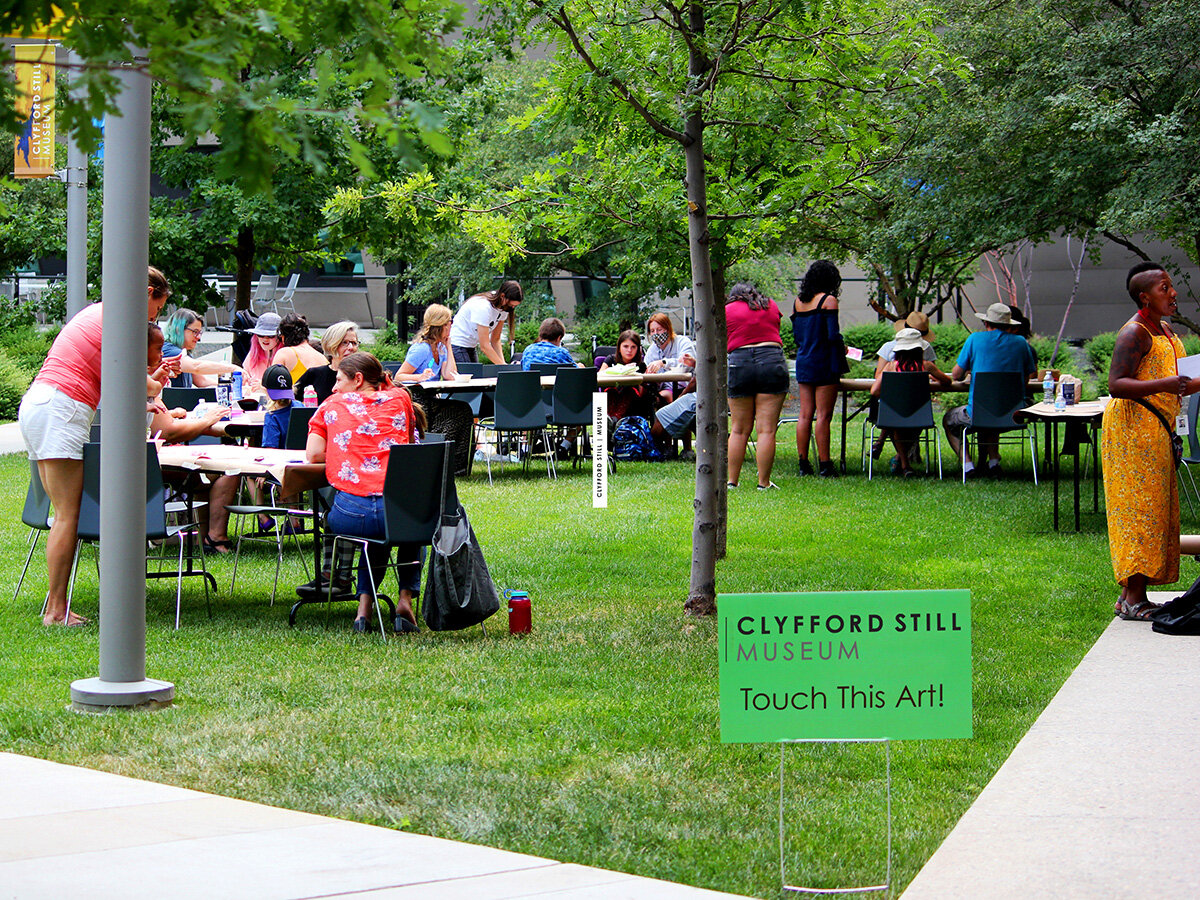
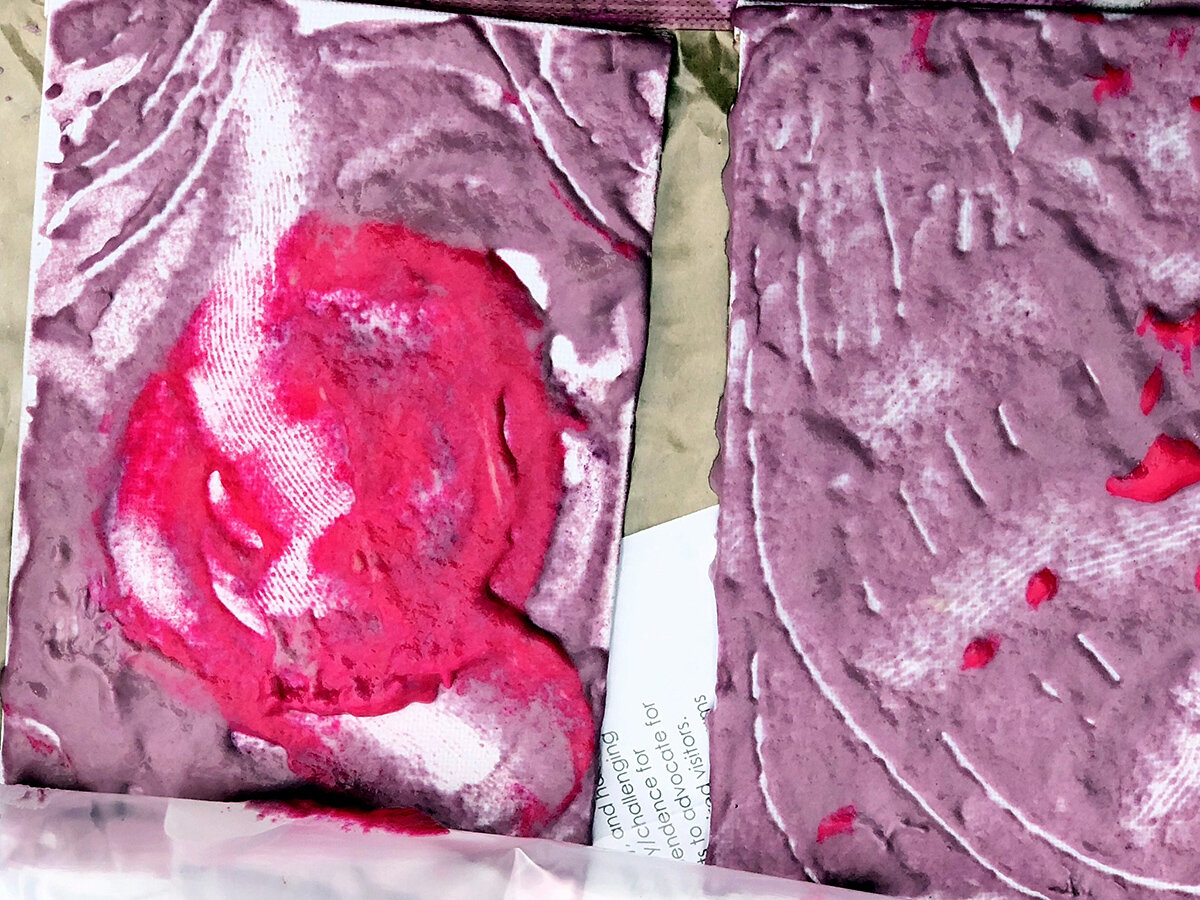
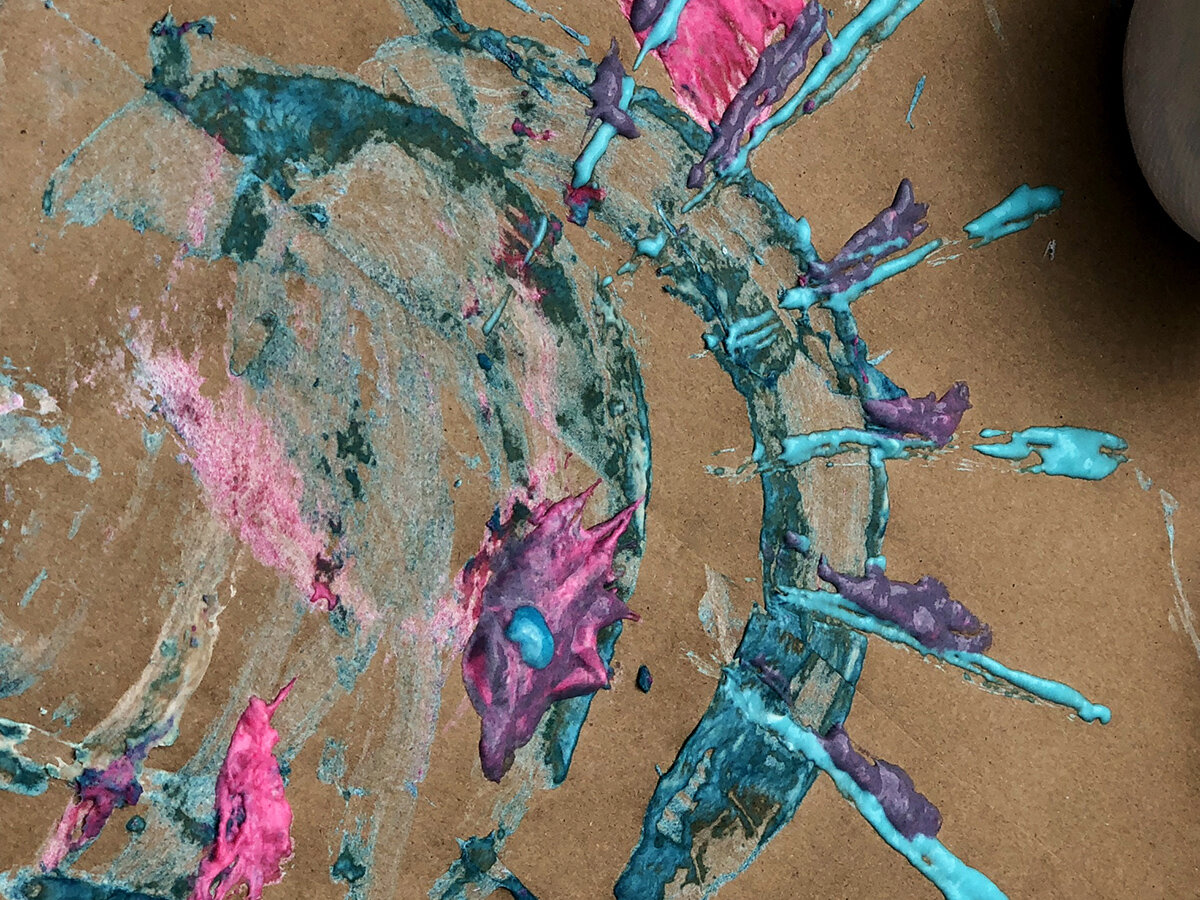

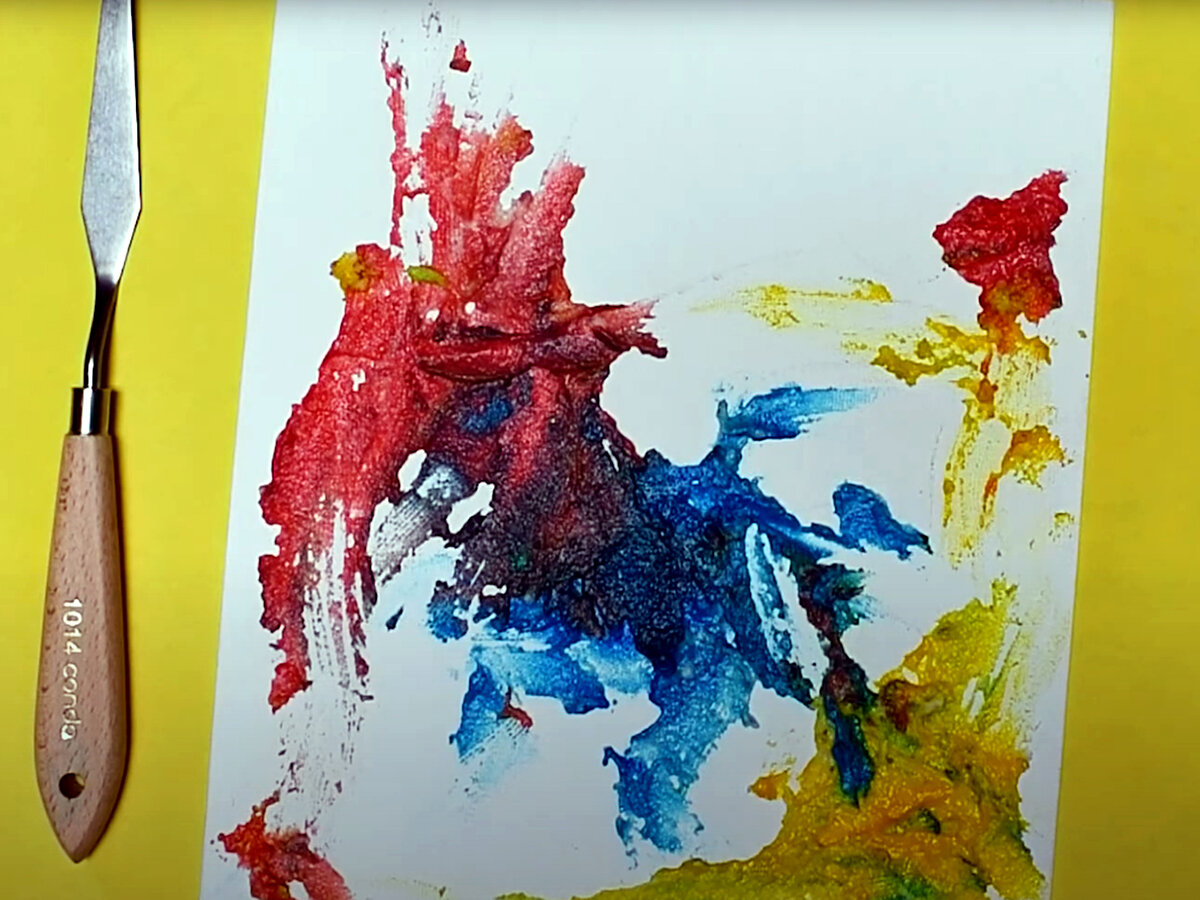
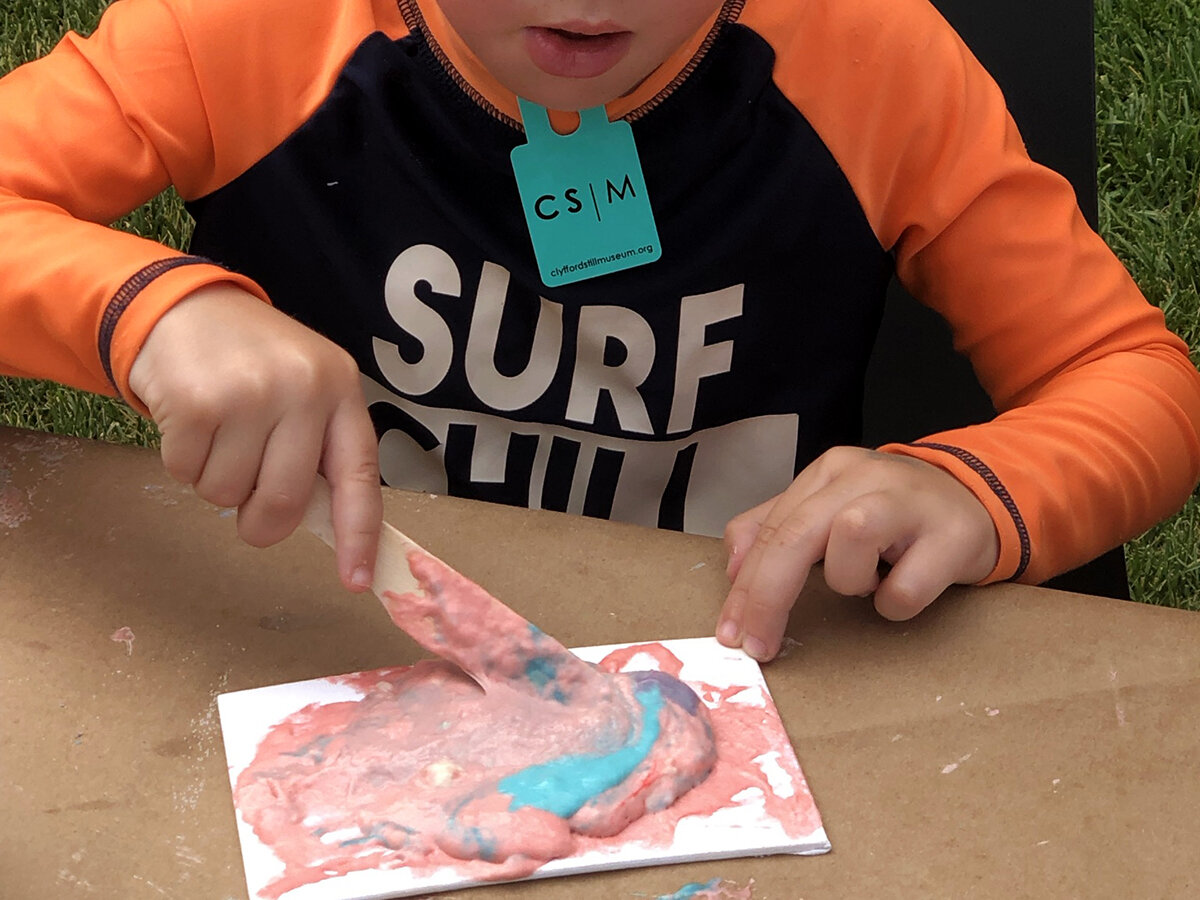
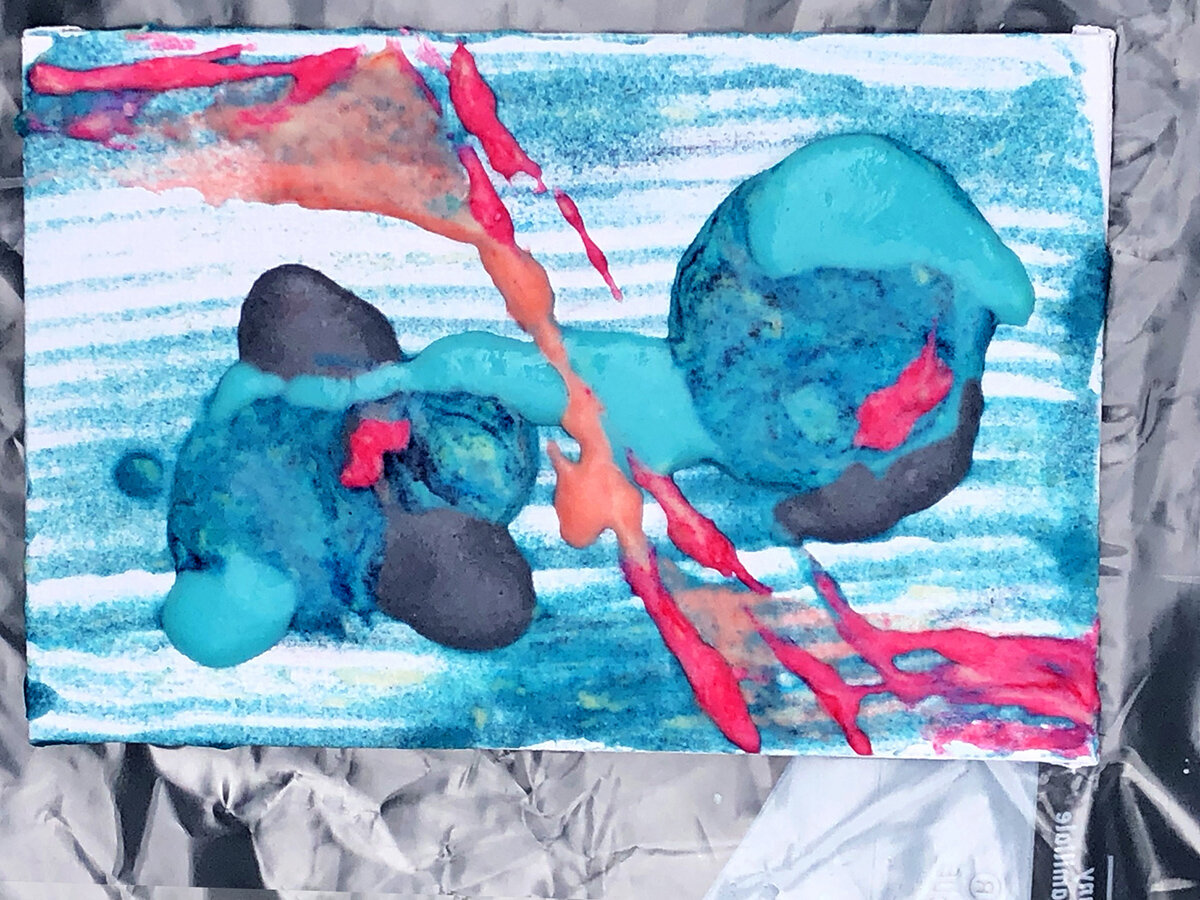
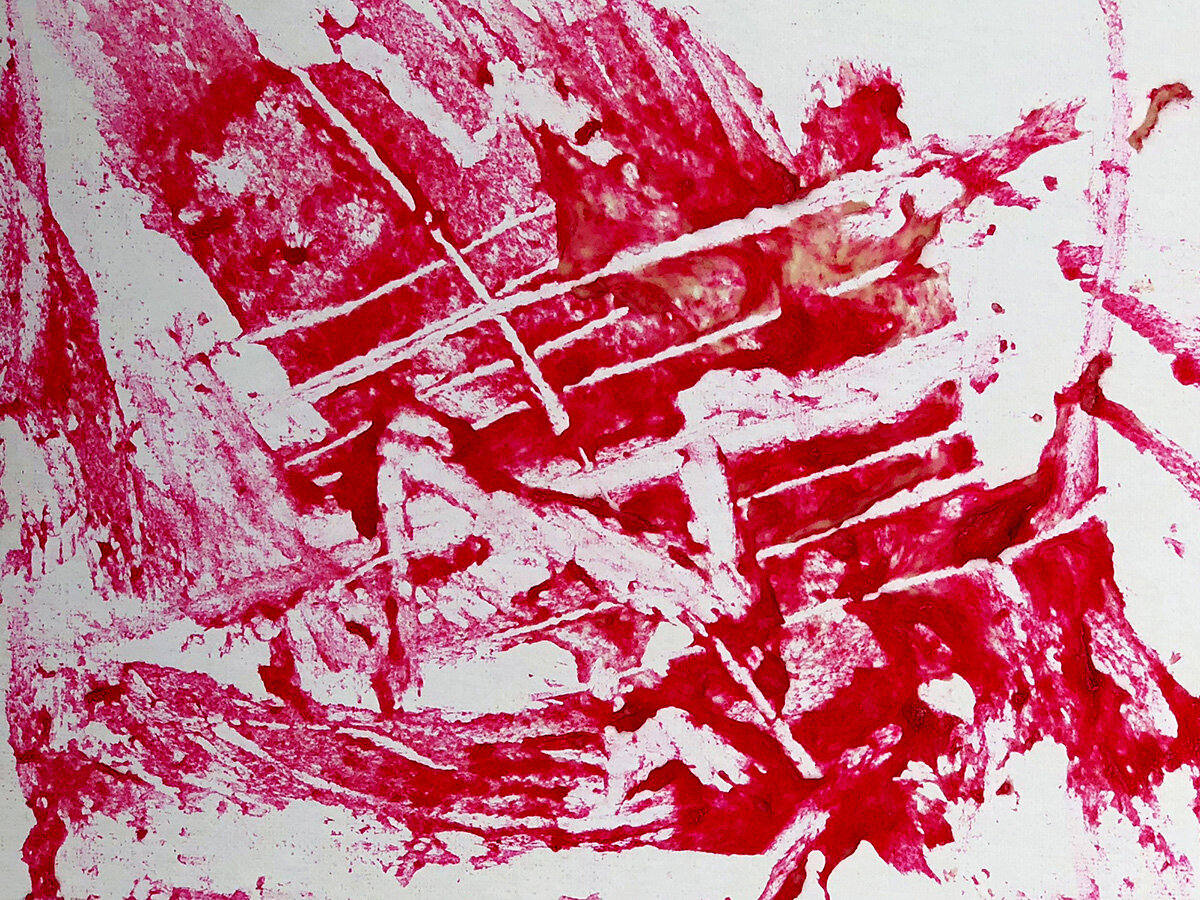
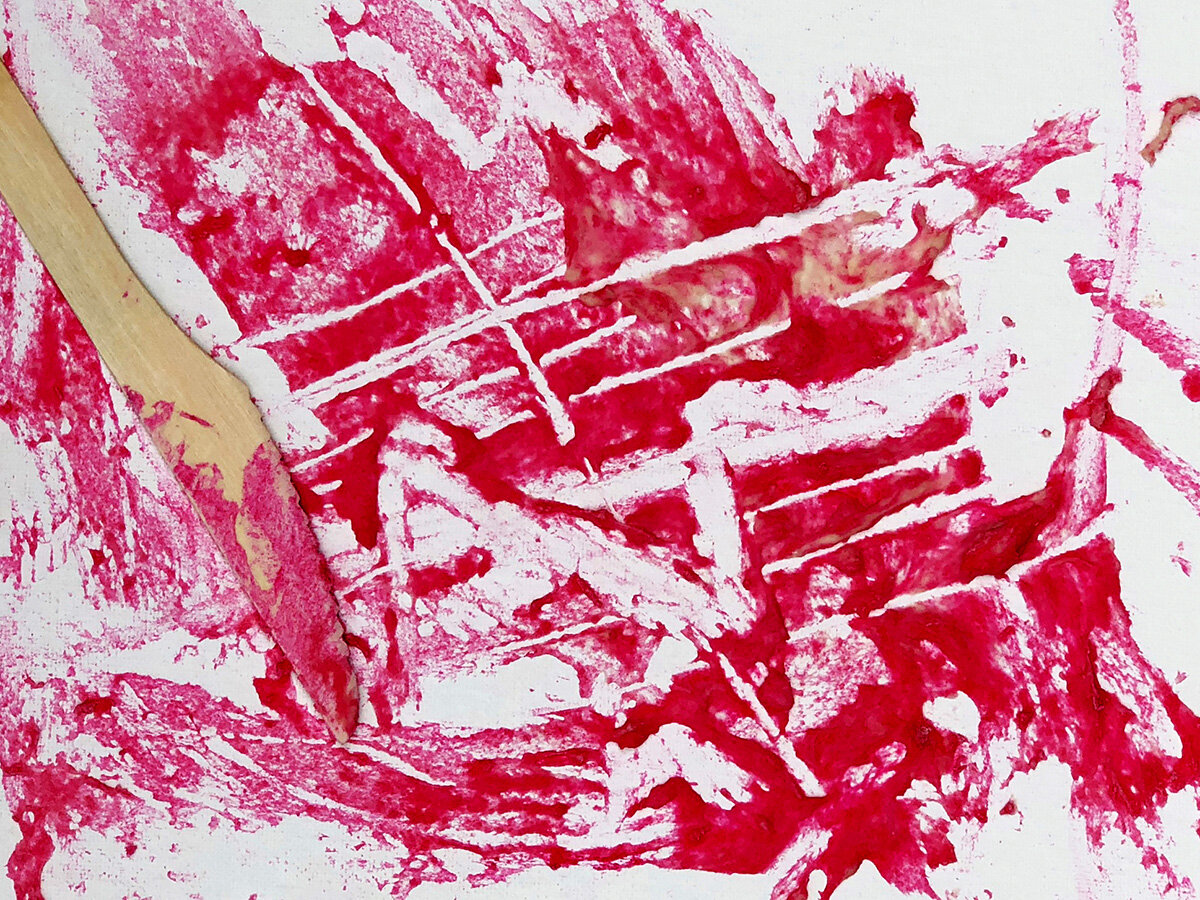

Please enjoy a 5 Minute Making Video recorded during the event to follow the instructions from the comfort of your home.
To make your own abstract art, here is a transcript of the instructions. These instructions will include a materials list and steps. Feel free to customize it to express yourself and create something unique.
Materials List :
All purpose flour
Salt Water
Food Coloring (Assorted Colors)
Palette Knife or butter knife
Canvas
Steps:
Mix 4 parts flour, 1 part salt, and 2 parts water in a bowl, adding more flour if the mixture is too thin and water if it becomes too thick. It should form a thick, stirrable paste. Add food coloring of your choice.
Scoop up a big chunk of my paint and scrape it onto my canvas. Then, drag the side of my knife on the canvas to spread out my paint, as if I were spreading butter on toast.
Try scraping back and forth between the two colors to mix them.
You can also experiment with applying thicker layers of a color in short strokes.
Using the flat edge of your knife and stamping it onto the canvas allows you to make precise line designs.
You can also play with the amount of pressure you use with your knife to affect how thickly a color is being applied. If you want a solid color, consider pressing harder into the canvas. If you want to leave a streaky, jagged mark, apply less pressure.
You can either let this air dry for a couple of hours or bake at 250 degrees Fahrenheit for an hour. If it is still wet, bake until dry.
Remember, abstract art is all about experimenting! The most important part is being creative and having fun!
Tags:
#tactilceart, #Artfortheblind, #touchart, #visuallyimpaired, #blindartist,, #accessibleart, #artforall, #sensoryart, #BlindandVI, #accessibility, #inclusion, #artmuseums, #artforeveryone, #accessiblemuseum
Art for the visually impaired, Art for the Blind


